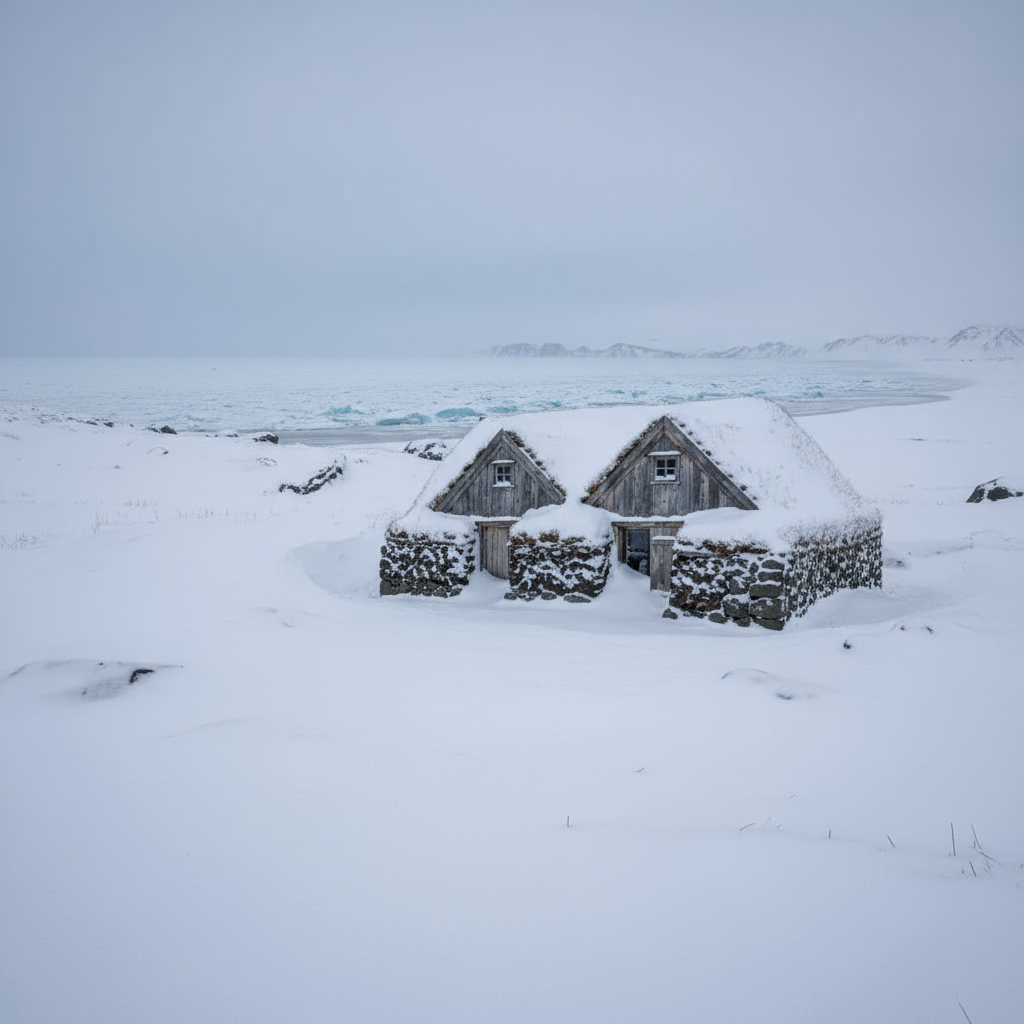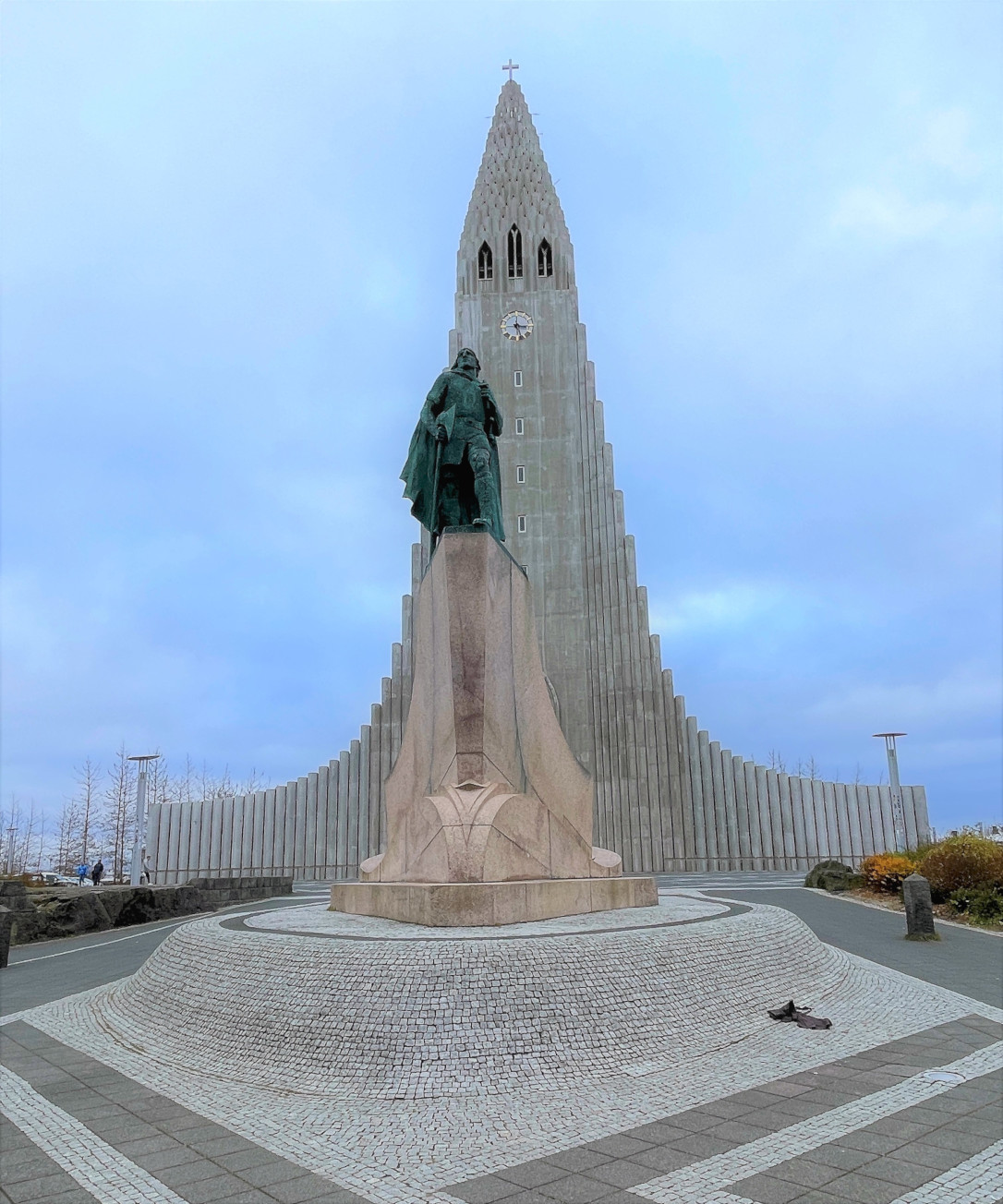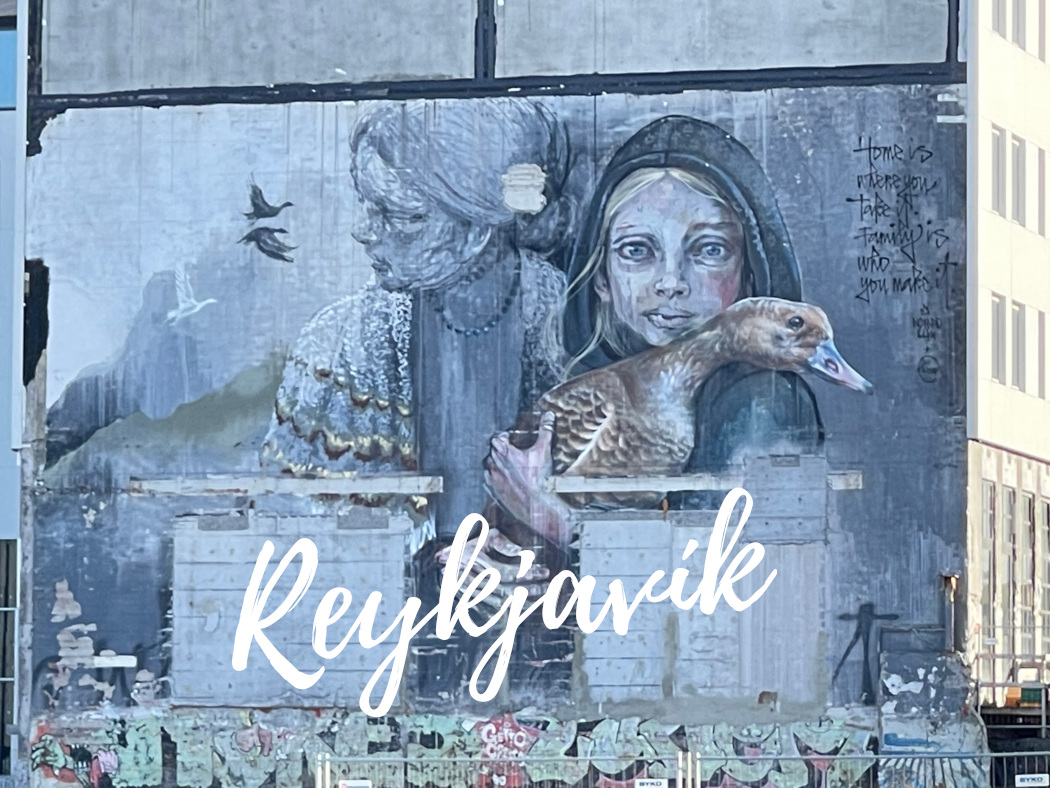| Bankastræti 3, Reykjavik. |
Bankastræti is one of Reykjavik’s busiest streets and merges with Reykjavik’s main shopping street, Laugavegur. On Bankastræti 3 is an old brick house where the fashion accessory boutique, Stella, is located. This store has been there since 1942 and most of Reykjavik’s residents know this house by the name Stella.
This house is the oldest family home in Reykjavik. It was built out of a chiseled volcanic rock called Grey-stone. The building of this house started in 1881 shortly after the completion of the Althing House and likely both buildings used many of the same workers. The outer shell of the house has been protected by law since 2011.
The street used to be called Baker´s Hill, named after the bakery that used to be on Bankastræti 2. In 1886 when Iceland´s national bank (Landsbanki Íslands) moved into the building, they named the street the Bank Street (Bankastræti).
The house was originally built for the printer Sigmundur Guðmundsson to be his home and printing shop. Soon after in 1883, Sigurður Kristjánsson took over the shop and opened up a bookstore and a publishing company which he ran for the remainder of the millennium.
One day in 1899, Þorvaldur Guðmundsson arrived at Sigurður’s doorsteps with a huge book chest ready to move in. Þorvaldur loved reading and collecting books, in fact by 1918 he had collected around 1400 books. He was so engaged in his reading that he took little notice of the clothes he wore.
After arriving in Reykjavik, he became a devout Good Templar and active in YMCA (K.F.U.M.). Þorvaldur was a very good friend of the archaeologist, poet, author and philosopher Brynjólfur Jónsson who often stayed with him when in town. They both grew up in the same small place, so their families were most likely quite close.
 |
| Brynjúlfur Jónsson received annual grants to continue his research in archaeology. |
It was right before midnight on May 16th, 1914 when Þorvaldur got home after a Good Templar meeting (Independent Order of Good Templars). He lied down in bed but struggled with falling asleep. As he lied there staring out into the room, he heard someone walking up the stairs to his room. Then all of a sudden his door opened and his friend, Brynjúlfur, walked in and without saying a word, he head directly over to the window. After standing there staring out the window, he just as quietly as he walked in, turned around and left.
Right away Þorvaldur knew something had happened to his friend. Brynjúlfur wasn’t in town, so he knew it wasn’t his physical body he had seen. Þorvaldur felt certain this meant that Brynjúlfur was either very sick or dead.
After a short night, Þorvaldur got out of bed early the following morning only to hear the news that his friend Brynjúlfur had died from pneumonia that night. In fact, he had died at the same time he visited Þorvaldur’s room.
Þorvaldur was a member of the Good Templar Order at the same time as many spiritists who had formed an organization called the Experimental Society. Although he wasn’t affiliated with them, he most certainly would have been familiar with their work which had been the talk of the town since it originated less than a decade earlier. Apart from their influence among Reykjavik’s residents in otherworldly contact, it wasn’t uncommon to believe in visitations from the dead, especially through dreams.
Besides his great contribution in archaeology, Brynjúlfur was known to be highly intelligent and a great philosopher. He was poor his whole life and spent most of his adult life in poor health. Despite his health struggles, he authored many books, including one on parapsychology (Dulrænar Smásögur) which can be read (in Icelandic) for free online here.
Sources:
Laugavegur
Þorvaldur Guðmundsson
Brynjúlfur Jónsson
Good Templars



